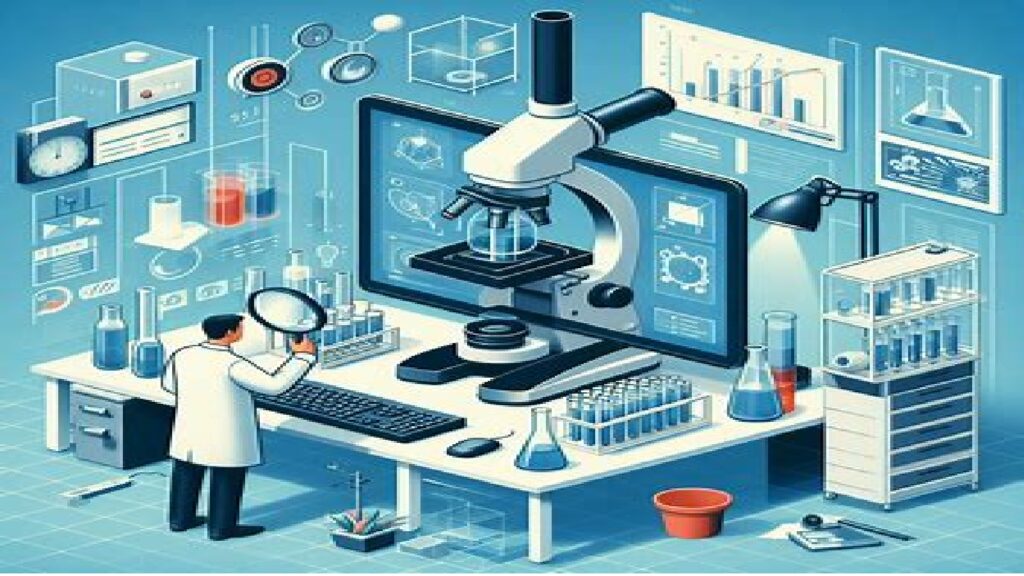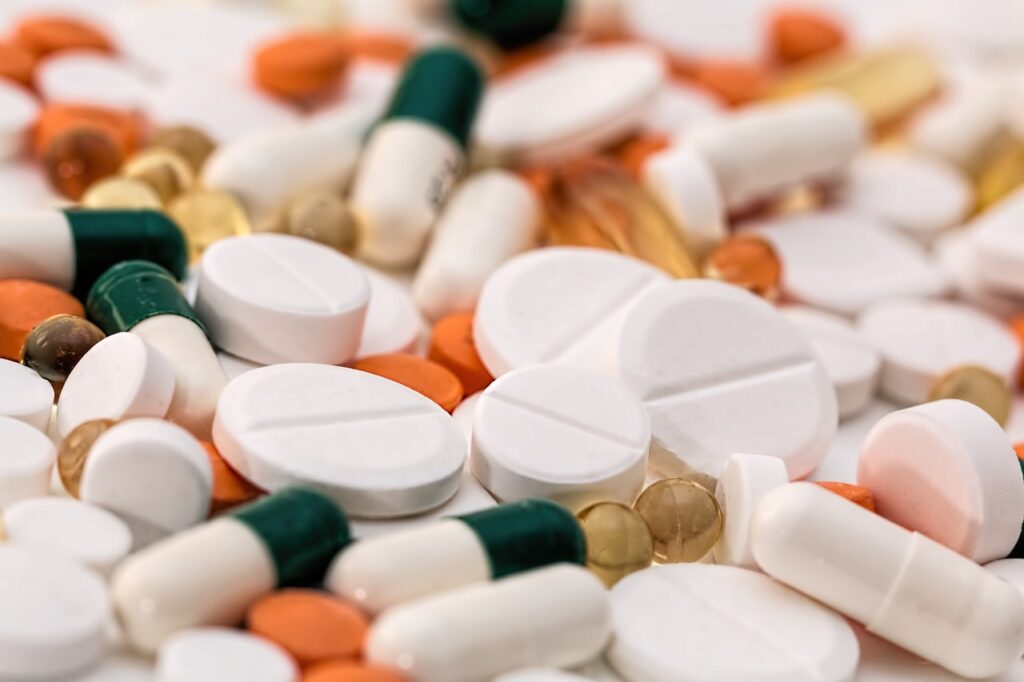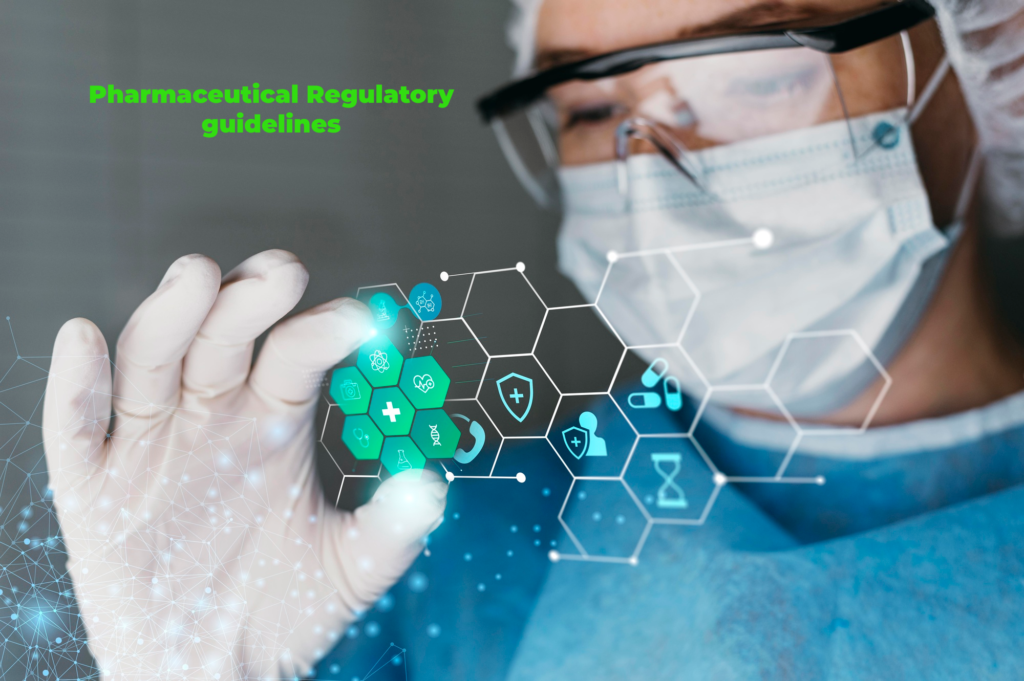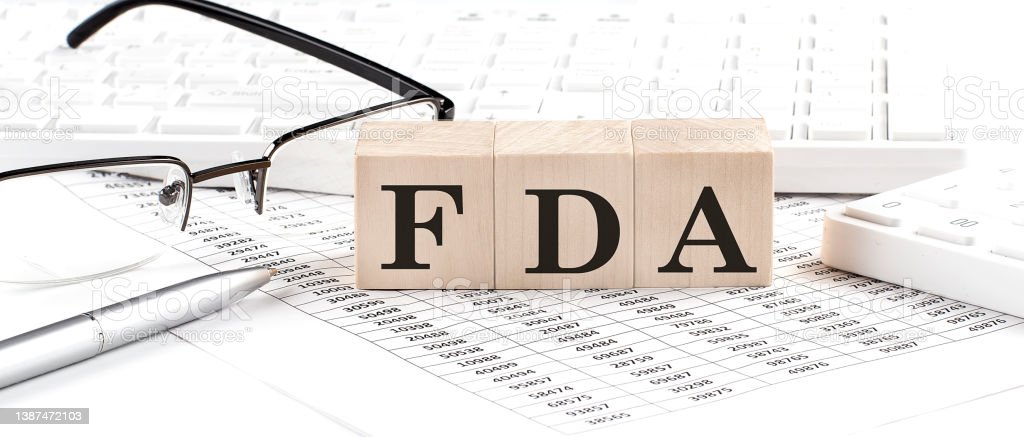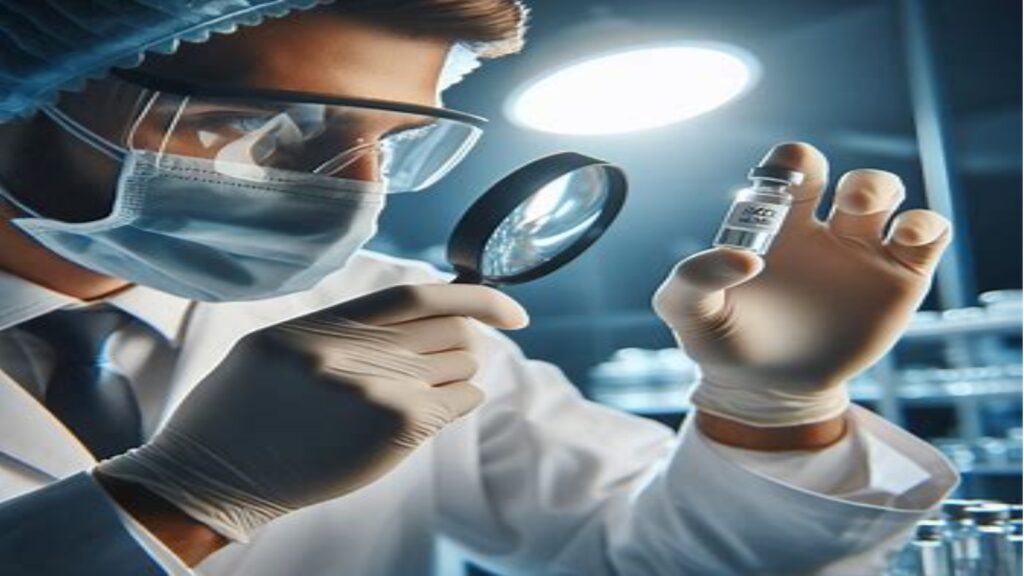1. Purpose:
- To outline the standardized procedure for conducting laboratory investigations efficiently and accurately.
2. Scope:
- This procedure applies to all laboratory personnel involved in conducting investigations within [Name of the Laboratory].
3. Responsibilities:
- Laboratory Manager: Responsible for overseeing the implementation of this procedure and ensuring compliance.
- Laboratory Technicians: Responsible for carrying out the investigation according to this procedure.
4. Equipment and Materials:
- List all necessary equipment and materials required for conducting laboratory investigations, including but not limited to:
- Microscopes
- Centrifuges
- Pipettes
- Reagents
- Safety gear (lab coats, gloves, goggles)
5. Procedure:
5.1 Preparation:
- Ensure all necessary equipment and materials are available and in working condition.
- Verify that the work area is clean and organized.
- Review the investigation request and clarify any uncertainties with the requesting party if necessary.
5.2 Sample Collection:
- Collect samples according to established protocols, ensuring proper labeling and documentation.
- Take necessary precautions to prevent contamination during sample collection.
5.3 Sample Preparation:
- Prepare samples for analysis following specified procedures.
- Label all prepared samples accurately to maintain traceability.
5.4 Analysis:
- Perform analyses using appropriate techniques and instruments.
- Record all observations and measurements accurately.
5.5 Data Interpretation:
- Analyze the data obtained from the investigation.
- Compare results with established standards or reference values.
- Document any deviations or abnormalities observed during analysis.
5.6 Reporting:
- Prepare a comprehensive report summarizing the investigation findings.
- Include all relevant data, observations, and interpretations.
- Ensure the report is formatted according to laboratory standards and includes appropriate references if applicable.
5.7 Review and Approval:
- Review the investigation report for accuracy and completeness.
- Obtain approval from the designated authority before finalizing the report.
5.8 Archiving:
- Archive all documentation related to the investigation in accordance with laboratory protocols.
- Ensure proper storage and labeling of archived materials for easy retrieval if needed.
6. Safety Precautions:
- Adhere to all safety protocols and guidelines throughout the investigation process.
- Wear appropriate personal protective equipment (PPE) at all times.
- Handle hazardous materials with caution and dispose of them properly according to established procedures.
7. References:
- List any references or documents consulted in developing this procedure.
8. Revision History:
- Document any revisions made to this procedure, including the date and reason for each revision.
9. Approval:
- Name and signature of the individual(s) responsible for approving this procedure.
10. Distribution:
- Specify who should receive copies of this procedure for reference.
11. Attachments:
- Include any relevant forms, templates, or additional documents related to this procedure.
12. Definitions:
- Define any terms or acronyms used throughout the procedure to ensure clarity.
13. Appendices:
- Include any additional information or supplementary materials relevant to conducting laboratory investigations.
14. Contact Information:
- Provide contact information for individuals responsible for implementing or overseeing this procedure.
15. Additional Notes:
- Include any additional notes or considerations that may be relevant to conducting laboratory investigations effectively.
- For more articles, Kindly Click here.
- For pharmaceutical jobs, follow us on LinkedIn
- For Editable SOPs in word format contact us on info@pharmaceuticalcarrier.com
- For more information kindly follow us on pharmaguidelines.co.uk

